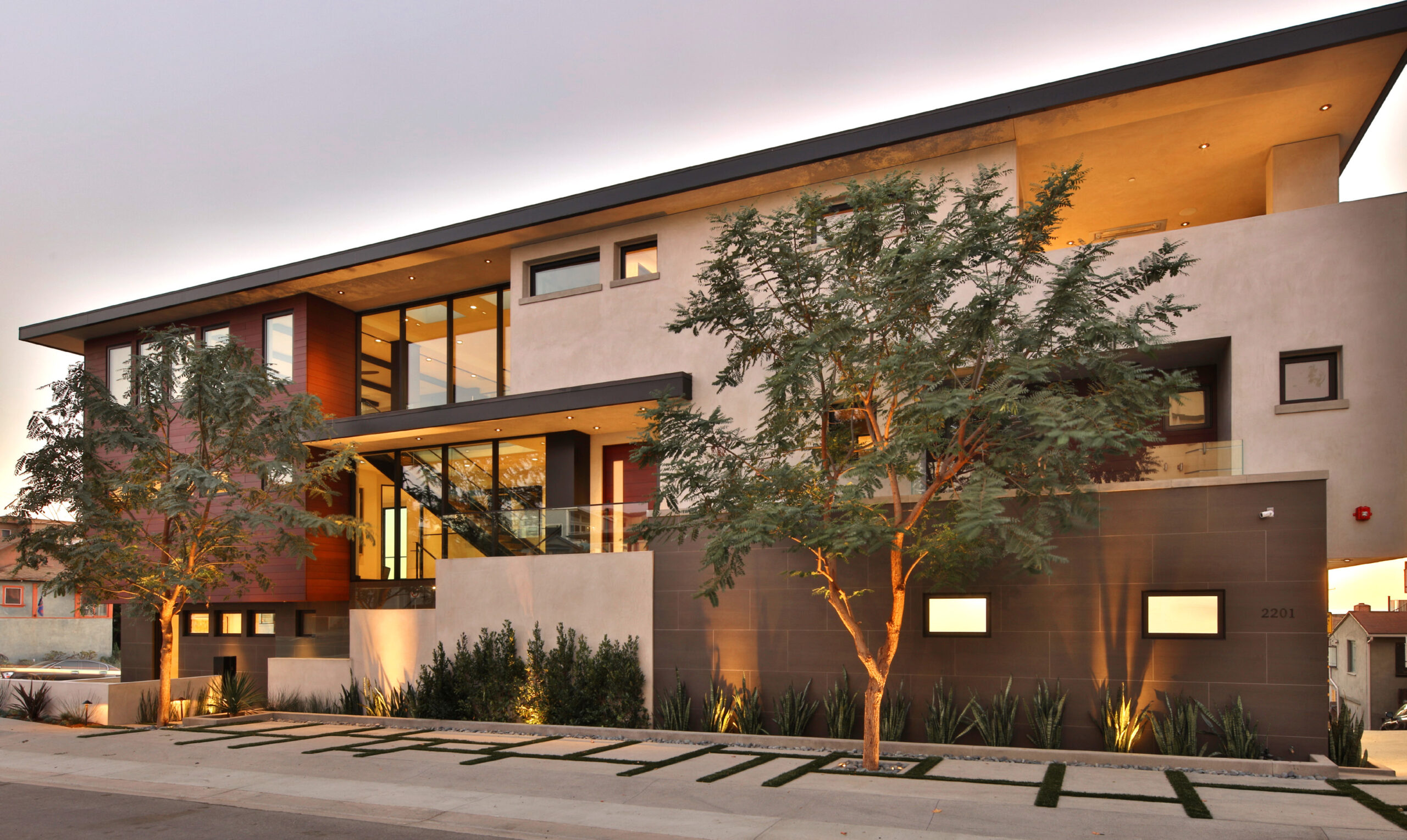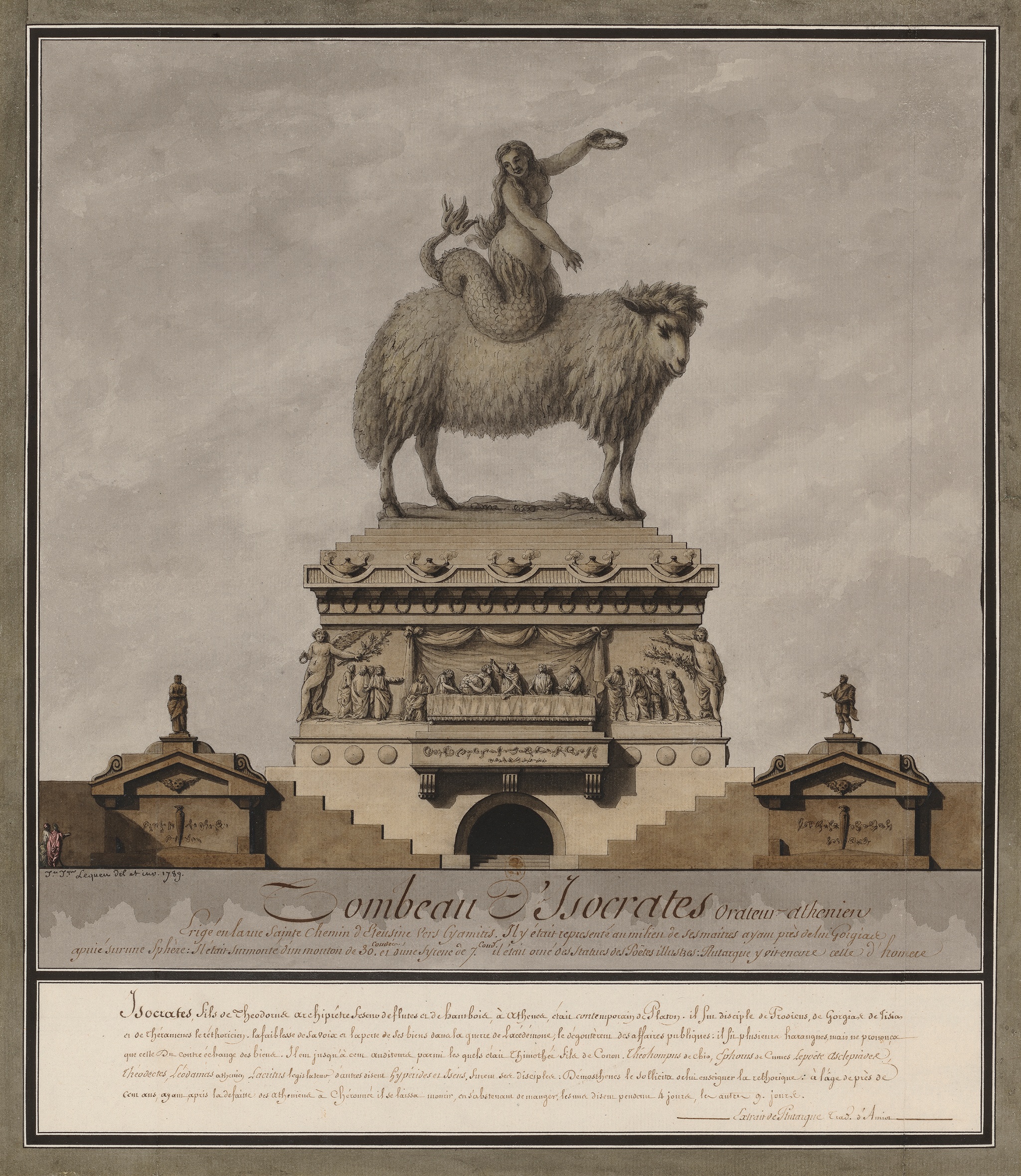Who is Zdeněk Folprecht? Zdeněk Folprecht: Czech Visionary Architect And Design Educator is an architect and design educator from the Czech Republic. He was born in 1934 in Brno, Czechoslovakia, and studied architecture at the Brno University of Technology. After graduating, he worked for several architectural firms in Czechoslovakia before establishing his own practice in 1968.
Editor's Notes: "Zdeněk Folprecht: Czech Visionary Architect And Design Educator" is a published today date on our website not only to inspire but for several reasons why this topic is important to read.
We did some analysis, digging information, made some research, put together this Zdeněk Folprecht: Czech Visionary Architect And Design Educator guide to help target audience make the right decision.
FAQ
This section addresses frequently asked questions and common misconceptions about Zdeněk Folprecht's work and legacy as a Czech visionary architect and design educator.
Question 1: What are the defining characteristics of Folprecht's architectural style?
Zdeněk Folprecht's architectural style is characterized by its innovative use of materials, particularly prefabricated concrete panels, which allowed for the creation of highly expressive and experimental structures. His designs often incorporated curved lines, geometric forms, and bold colors, resulting in a striking and distinctive architectural aesthetic.

Contemporary Home by Jay Refold offers Visionary Design » Digs.net - Source digs.net
Question 2: What was Folprecht's approach to design education?
Folprecht believed that design education should emphasize creativity, experimentation, and a deep understanding of materials and construction techniques. He encouraged his students to push boundaries and explore unconventional ideas, fostering a culture of innovation within the field of architecture.
Question 3: How did Folprecht's work contribute to the development of modern architecture in Czechoslovakia?
Folprecht's pioneering designs and his commitment to prefabrication played a significant role in shaping modern architecture in Czechoslovakia. His buildings became symbols of the country's progressive and forward-looking spirit, influencing a generation of architects and designers.
Question 4: What are some of Folprecht's most notable architectural projects?
Among Folprecht's most iconic works are the Hotel International in Brno, the Jalta Hotel in Prague, and the Luna Park Amusement Park in Mariánské Lázně. These projects showcase his mastery of form, color, and material, and continue to inspire architects and design enthusiasts today.
Question 5: How has Folprecht's legacy influenced contemporary architecture?
Folprecht's innovative ideas and experimental approach continue to resonate in contemporary architecture. His emphasis on prefabrication and modular construction has been embraced by architects seeking sustainable and cost-effective solutions. His bold designs and imaginative use of materials serve as an inspiration for architects to challenge conventions and push the boundaries of architectural expression.
Question 6: Where can one find examples of Folprecht's work today?
Many of Folprecht's buildings remain standing and continue to be used today, offering a tangible connection to his visionary architectural legacy. Visitors can experience his innovative designs firsthand by visiting these structures, which serve as a testament to his enduring influence on the field of architecture.
In conclusion, Zdeněk Folprecht's work as an architect and design educator continues to inspire and inform contemporary architectural practice. His commitment to innovation, experimentation, and a глубокое understanding of materials and construction techniques has left a lasting legacy on the field of architecture, both in Czechoslovakia and beyond.
...
Tips by Zdeněk Folprecht: Czech Visionary Architect And Design Educator
Renowned for his visionary approach to architecture and design education, Zdeněk Folprecht offers invaluable insights for aspiring creatives.
Tip 1: Embrace Context and Environment
Integrate the surrounding context into your designs, considering factors such as climate, culture, and history. This creates a harmonious relationship between structures and their surroundings.
Tip 2: Emphasize Function Over Form
Prioritize the functionality and usability of buildings over aesthetic considerations. Design spaces that meet the needs of occupants and enhance their well-being.
Tip 3: Cultivate Interdisciplinary Collaboration
Engage with experts from various fields to enrich the design process. Collaborations with engineers, sociologists, and artists can foster innovation and lead to comprehensive solutions.
Tip 4: Experiment with Materials and Techniques
Explore innovative materials and construction methods. Experimentation can uncover new possibilities and push the boundaries of design, leading to sustainable and aesthetically pleasing results.
Tip 5: Foster a Culture of Sustainability
Incorporate sustainable practices into all aspects of design. Consider energy efficiency, waste reduction, and the use of environmentally friendly materials to create responsible and eco-conscious buildings.
Tip 6: Value the User Experience
Design spaces that enhance the user experience. Consider factors such as human scale, accessibility, and the flow of movement to create environments that are both functional and enjoyable.
Tip 7: Nurture Creativity and Innovation
Encourage experimentation, risk-taking, and a willingness to challenge established norms. Create an environment that fosters creativity and allows for the emergence of innovative ideas.
Summary: By embracing these principles, architects and designers can create spaces that are both meaningful and enduring, enhancing the lives of occupants and contributing to a more sustainable and equitable future.
Zdeněk Folprecht: Czech Visionary Architect And Design Educator
Zdeněk Folprecht, a Czech architect and design educator, made significant contributions to the field of architecture and design. His visionary ideas and innovative approaches have shaped the landscape of Czech design.
- Visionary Designs: Folprecht's architectural designs were characterized by their boldness, creativity, and forward-thinking concepts.
- Functionalist Pioneer: He was a leading proponent of Functionalism in Czech architecture, emphasizing functionality over mere aesthetics.
- Educational Legacy: Folprecht's impact extended beyond his designs, as he also played a pivotal role in educating future generations of architects.
- International Recognition: His work gained international acclaim, showcasing the innovative spirit of Czech architecture.
- Innovative Materials: Folprecht experimented with unconventional materials such as glass and concrete, pushing the boundaries of architectural expression.
- Human-Centered Approach: His designs prioritized human needs and well-being, creating spaces that fostered community and comfort.
Folprecht's legacy continues to inspire contemporary architects. His visionary designs, commitment to functionality, and dedication to education have left an enduring mark on Czech architecture and design.

Visionary Architect or Engineer Showing and Pointing Finger Up Stock - Source www.dreamstime.com
Zdeněk Folprecht: Czech Visionary Architect And Design Educator
Zdeněk Folprecht was a Czech architect and design educator who played a significant role in the development of modern architecture and design in Czechoslovakia. He was a founding member of the Czech avant-garde movement and his work was influenced by the ideas of functionalism and constructivism. Folprecht's most famous works include the Villa Tugendhat in Brno, which is a UNESCO World Heritage Site, and the Palace of Culture in Bratislava.
Jean Jacques Lequeu Visionary Architect - The Menil Collection - Source www.menil.org
Folprecht's work is characterized by its simplicity, functionality, and use of modern materials such as glass and steel. He believed that architecture should be based on the needs of the user and that it should be integrated into its surroundings. Folprecht's work has had a lasting influence on Czech architecture and design and he is considered to be one of the most important architects of the 20th century.
Folprecht's work as an educator was also significant. He taught at the Academy of Arts, Architecture and Design in Prague and he helped to shape a generation of Czech architects and designers. Folprecht's teaching methods were based on the principles of functionalism and constructivism and he emphasized the importance of creativity and innovation. Folprecht's students went on to become some of the most important architects and designers in Czechoslovakia and they helped to continue the legacy of functionalism and constructivism in Czech architecture and design.
Folprecht's work as an architect and design educator is a significant contribution to the development of modern architecture and design in Czechoslovakia. His work is characterized by its simplicity, functionality, and use of modern materials. Folprecht's work has had a lasting influence on Czech architecture and design and he is considered to be one of the most important architects of the 20th century.
Conclusion
Zdeněk Folprecht was a visionary architect and design educator who played a pivotal role in shaping the trajectory of modern architecture and design in Czechoslovakia. His unwavering commitment to functionalism and constructivism left an enduring legacy, exemplified by notable works such as the Villa Tugendhat and the Palace of Culture. Through his influential teachings and architectural creations, Folprecht empowered generations of Czech architects and designers, leaving an indelible mark on the field.
Folprecht's legacy extends beyond Czechoslovakia, resonating with architects and designers worldwide who continue to find inspiration in his innovative approach to design. His emphasis on user needs, integration with surroundings, and the skillful use of modern materials remain relevant and influential in contemporary architectural practices.
